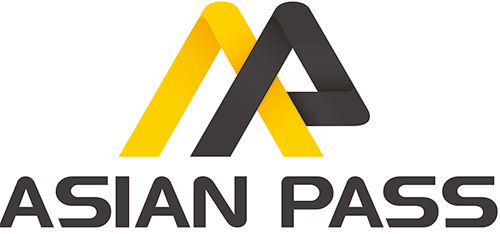US announces new reciprocal tax rate with Vietnam is 20%? Latest information on US reciprocal tax with Vietnam? Let’s find out more with Pham Consult!

US announces new reciprocal tax rate with Vietnam is 20%? Latest information on US reciprocal tax with Vietnam?
On August 1, 2025 (Vietnam time), the White House posted President Donald Trump’s Executive Order on adjusting reciprocal tax rates, according to which the United States decided to adjust the reciprocal tax rates for 69 countries and territories listed in Appendix I. According to this Appendix, the reciprocal tax rate for Vietnam is reduced from 46% to 20%.
In the coming time, the two sides will continue to discuss and implement the following tasks towards completing the reciprocal trade agreement on the principles of openness, constructiveness, equality, respect for independence, autonomy, political institutions, mutual benefit and consideration of each other’s development level. The two sides will also strive to promote stable economic, trade and investment relations, harmonizing interests, commensurate with the Vietnam – US Comprehensive Strategic Partnership.
Thus, the US announced a new reciprocal tax rate for Vietnam of 20% (a sharp decrease compared to the 46% tax rate announced in April 2025 according to Official Dispatch 1136/CHQ-GSQL in 2025.
How many types of additional import taxes does Vietnam currently have under the Law on Import and Export Taxes?
According to Article 4 of the Law on Export and Import Taxes 2016, it is stipulated as follows:
Explanation of terms
In this Law, the following terms are understood as follows:
- The method of calculating tax by percentage is the determination of tax by percentage (%) of the taxable value of exported and imported goods.
- The method of calculating absolute tax is the determination of a certain amount of tax on a unit of exported and imported goods.
- Anti-dumping tax is an additional import tax applied in cases where dumped goods imported into Vietnam cause or threaten to cause significant damage to the domestic manufacturing industry or prevent the formation of a domestic industry.
- Anti-subsidy tax is an additional import tax applied in cases where subsidized goods imported into Vietnam cause or threaten to cause significant damage to a domestic industry or prevent the formation of a domestic industry.
- Safeguard tax is an additional import tax applied in cases where excessive imports of goods into Vietnam cause serious damage or threaten to cause serious damage to a domestic industry or prevent the formation of a domestic industry.
Thus, according to the above provisions, Vietnam currently has the following types of additional import taxes:
– Anti-dumping tax:
Applied in cases where dumped goods imported into Vietnam cause or threaten to cause significant damage to a domestic industry or prevent the formation of a domestic industry.
– Countervailing tax:
Applied in cases where subsidized goods imported into Vietnam cause or threaten to cause significant damage to a domestic industry domestic production or prevent the formation of a domestic industry.
– Safeguard tax:
Applied in cases where excessive imports of goods into Vietnam cause serious damage or threaten to cause serious damage to a domestic industry or prevent the formation of a domestic industry.
What are the principles for issuing import tax rates and export tax rates?
According to Article 10 of the Law on Export Tax and Import Tax 2016, the principles for issuing tax schedules and tax rates are as follows:
Principles for issuing tax schedules and tax rates
- Encourage the import of raw materials and materials, prioritizing domestic types that do not meet demand; focus on developing high-tech, source technology, energy saving, and environmental protection sectors.
- Consistent with the State’s socio-economic development orientation and commitments on export tax and import tax in international treaties to which the Socialist Republic of Vietnam is a member.
- Contribute to stabilizing the market and resources State budget revenue.
- Simple, transparent, convenient for taxpayers and reform of tax administrative procedures.
- Apply uniform tax rates to goods of the same nature, structure, use, and similar technical features; import tax rates decrease gradually from finished products to raw materials; export tax rates increase gradually from finished products to raw materials.
Accordingly, the promulgation of import tax rates and export tax rates must ensure the principle that import tax rates decrease gradually from finished products to raw materials; export tax rates increase gradually from finished products to raw materials.




 VI
VI